Efficient Temporary Roofing: Streamline Construction Site Safety and Costs
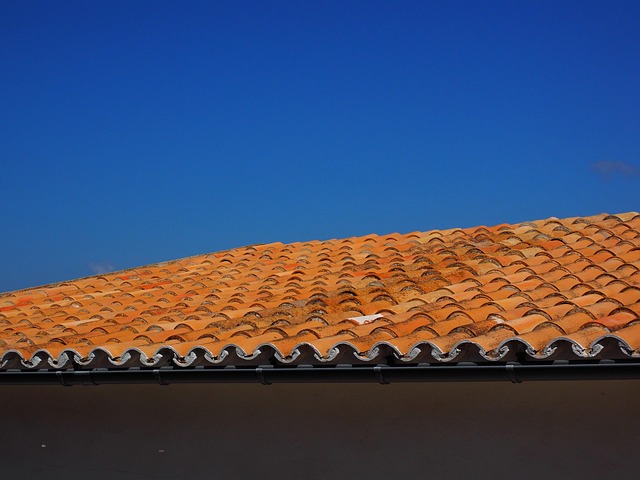
Temporary construction site roofing is a vital safety net in an industry prone to unpredictable weat…….
Introduction
Temporary roof solutions are a critical component of modern construction and infrastructure development. These structures offer a versatile, cost-effective, and time-efficient alternative to permanent roofing systems. They serve a multitude of purposes, from providing shelter during reconstruction efforts to creating covered spaces for events or temporary workplaces. This article delves into the intricacies of temporary roof solutions, exploring their applications, economic impact, technological advancements, policy considerations, and future prospects. Readers will gain a comprehensive understanding of this dynamic field and its significance in various sectors.
Understanding Temporary-Roof-Solutions
Temporary roof solutions refer to engineered structures designed to provide temporary cover for a range of activities or as a transitional measure before a permanent structure is erected. These solutions are characterized by their adaptability, durability, and ease of installation. They can be made from various materials, including fabric membranes, steel frames, and modular components, each chosen based on the project’s requirements and environmental conditions.
Historically, temporary roofing has been used in construction sites, agriculture for crop protection, military camps, and even in disaster relief efforts. Its significance lies in its ability to mitigate weather-related risks, enhance productivity, and support economic activities in both developed and developing regions.
Global Impact and Trends
The influence of temporary roof solutions is felt worldwide, with their application spanning across continents. In regions like Europe and North America, these solutions are often employed in high-end construction projects to minimize disruption and maintain business operations during renovations. In contrast, emerging economies utilize them for agricultural purposes or as a response to natural disasters.
Key trends shaping the trajectory of temporary roof solutions include the integration of sustainable materials, advancements in design for aesthetic appeal, and the use of smart technology for climate control and energy efficiency. The global market for these solutions is expanding, driven by urbanization, technological innovation, and a growing emphasis on resilience and sustainability.
Economic Considerations
The economic aspects of temporary roof solutions are multifaceted. From a macroeconomic perspective, they contribute to the construction industry’s GDP by enabling faster project completion and reducing labor costs. Microeconomically, businesses benefit from lower upfront investments and operational flexibility.
Market dynamics reveal a competitive landscape with numerous players offering diverse products. Investment patterns in this sector are influenced by factors such as technological adoption, regulatory compliance, and the demand for sustainable building practices. Temporary roof solutions play a vital role in economic systems, particularly in sectors where quick deployment and adaptability are crucial.
Technological Advancements
Technological advancements have significantly impacted temporary roof solutions, leading to enhanced durability, better performance, and more sustainable options. Innovations such as lightweight, high-strength materials, advanced weatherproofing systems, and modular designs that can be easily assembled or disassembled have transformed the industry.
The future potential of these advancements includes the integration of IoT devices for real-time monitoring, energy harvesting technologies to power smart features, and the use of biodegradable materials to reduce environmental impact. These developments promise to make temporary roof solutions even more efficient and eco-friendly.
Policy and Regulation
The governance of temporary roof solutions is shaped by a mix of policies, regulations, and legislative frameworks that vary by region. In the United States, the Occupational Safety and Health Administration (OSHA) sets standards for temporary structures to ensure worker safety. The European Union has directives on construction products and environmental impact assessments.
These regulations are designed to ensure the safety, quality, and sustainability of temporary roof solutions. They also provide a framework for market growth, innovation, and compliance, which is essential for the industry’s credibility and expansion.
Challenges and Criticisms
Temporary roof solutions face several challenges, including sustainability concerns, material durability, and the need for skilled labor for installation and maintenance. Critics often point to the potential for these structures to become environmental hazards if not disposed of properly or to contribute to the carbon footprint if not constructed with green principles in mind.
To overcome these issues, stakeholders must invest in research and development, advocate for responsible manufacturing practices, and promote education and training programs. By addressing these challenges head-on, the industry can enhance its reputation and environmental performance.
Case Studies
Several case studies exemplify the successful application of temporary roof solutions. For instance, a major sports venue used a temporary structure to accommodate crowds during stadium expansion without disrupting events. Another case involved a farm in Africa that implemented a solar-powered, high-tech greenhouse to extend its growing season and increase crop yields. These examples highlight the versatility and effectiveness of these solutions when applied thoughtfully.
Future Prospects
The future outlook for temporary roof solutions is promising, with potential growth areas in disaster response, sustainable agriculture, and event management. Emerging trends such as prefabricated modular designs and the integration of renewable energy systems are set to shape the industry. Strategic considerations include the need for standardization, enhanced sustainability practices, and the development of smart technology applications to optimize functionality and longevity.
Conclusion
Temporary roof solutions have become an integral part of modern construction and beyond, offering a blend of practicality, adaptability, and sustainability. As the industry continues to evolve with technological advancements and responds to regulatory frameworks, it will undoubtedly play a significant role in shaping the future of various sectors. With a focus on innovation and environmental stewardship, temporary roof solutions are poised to make a lasting impact worldwide.

Temporary construction site roofing is a vital safety net in an industry prone to unpredictable weat…….
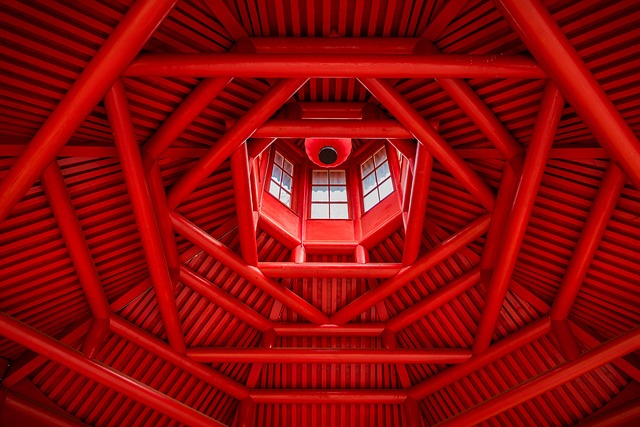
Temporary roofing installations are essential for immediate protection in various scenarios, from st…….
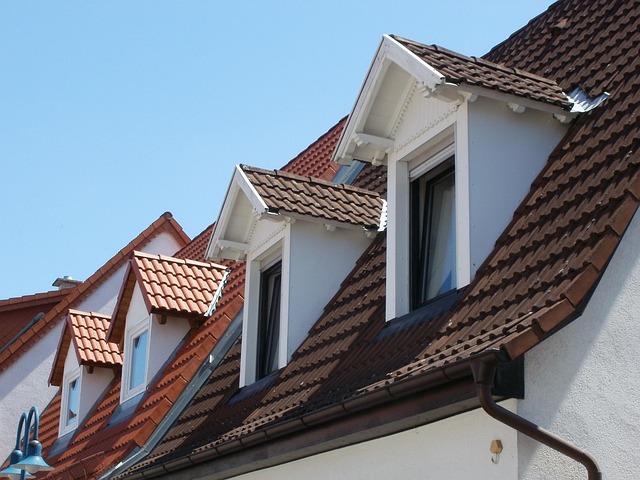
Temporary roof solutions, ranging from tarps to modular systems, offer swift protection against elem…….
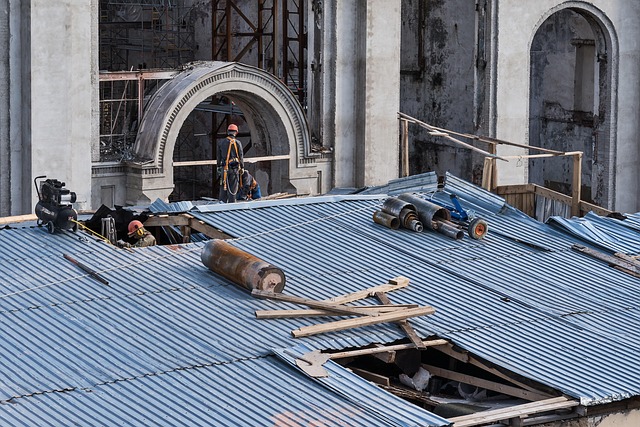
Construction sites require robust construction site roofing solutions to tackle unpredictable weathe…….

Temporary roofing offers versatile, durable solutions for construction, disaster relief, and weather…….
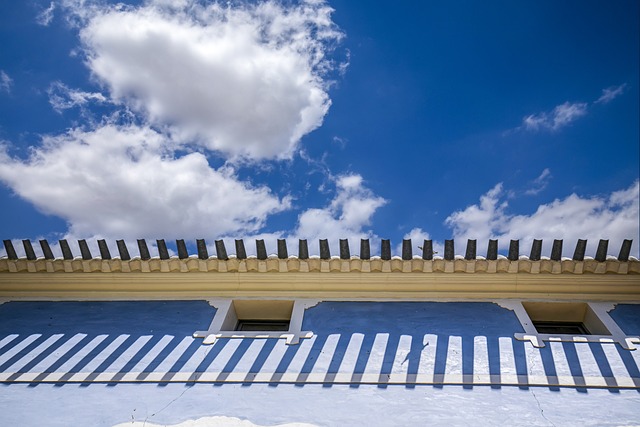
In the construction sector, temporary construction site roofing is vital for managing unpredictable…….
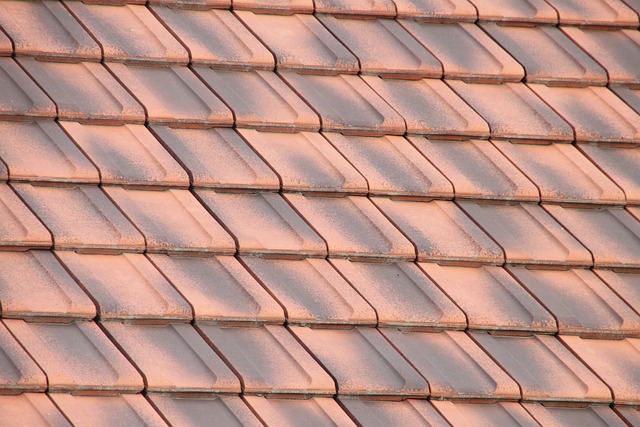
A successful temporary roof repair involves understanding your specific needs, including damage asse…….
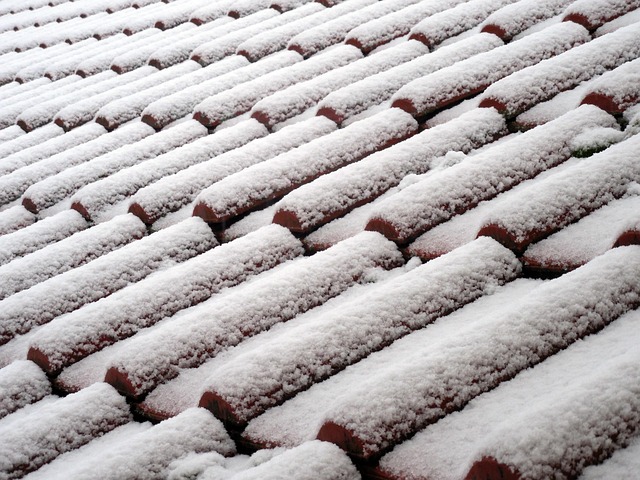
In emergency situations like natural disasters or structural failures, an event roof cover is vital…….

In unforeseen events like severe storms or structural failures, an emergency roof cover is crucial f…….
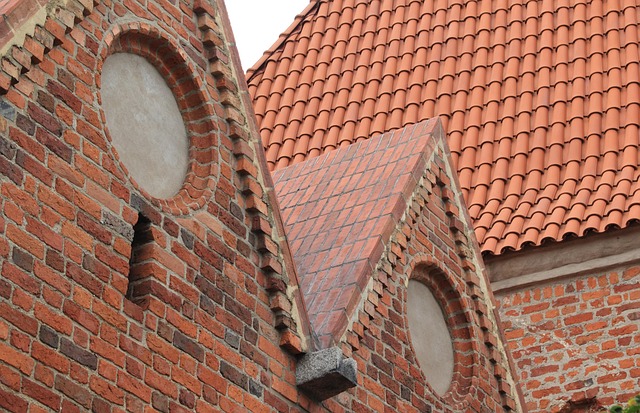
Event roof covers are essential for temporary installations, offering protection from weather and en…….